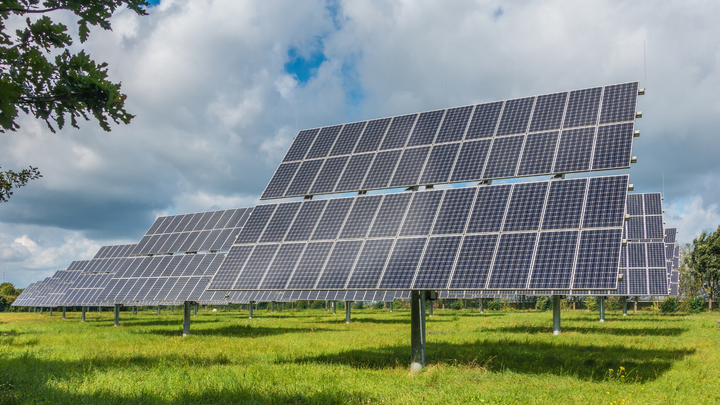Czech Republic Embraces Agrovoltaics with New Legislation

The Czech Republic has opened doors to agrovoltaics following a June amendment to the Act on the Protection of Agricultural Land Fund. This legislation permits the integration of photovoltaic power production with agricultural activities on the same land. The technology, rooted in a 1981 concept by German physicists Adolf Goetzberger and Armin Zastrow, optimizes solar energy use while supporting crop cultivation.
Modern agrovoltaic setups include elevated structures and double-sided vertical panels. These configurations balance electricity generation (0.3-0.7 MW/ha) with agricultural output, achieving land-use efficiency of 104-180% compared to traditional farming. A study by EMBER estimates the potential agrovoltaic capacity in Central Europe at 180 GW, with 29.5 GW feasible in the Czech Republic alone. Of this, 24 GW could employ double-sided vertical panels.
In practice, agrovoltaics benefits farmers through improved microclimates, reduced pesticide and irrigation needs (up to 70% and 50%, respectively, as per Fraunhofer Institute findings), and resilience to extreme weather. Farmers may increase annual yields by €1,300-7,300 per hectare via electricity sales, though installation costs are higher than traditional solar systems.
Pilot projects include MND's 100 kWp installation in Starý Poddvorov, paired with vineyards studied by Mendel University and Czech Technical University, and a 6 MWp plant at Školky in Litomyšl for fruits and ornamental plants.
Source: tbzinfo



